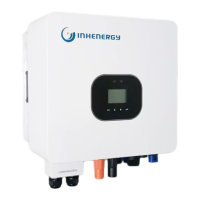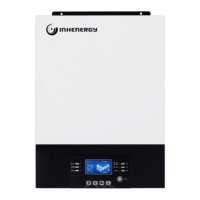What to do if my INHENERGY Inverter shows 'Over Load!'?
- LlwaltonAug 25, 2025
If your INHENERGY Inverter displays 'Over Load!', it indicates that the UPS output is experiencing excessive load. To resolve this, reduce the load connected to the UPS output.


